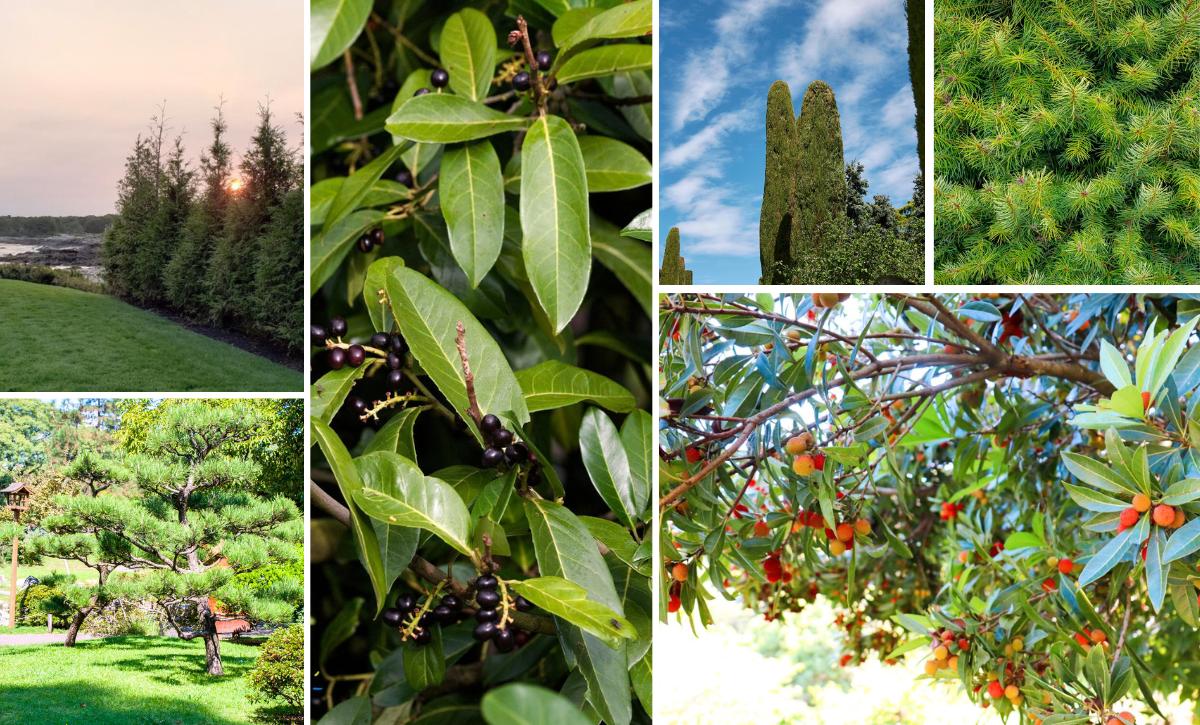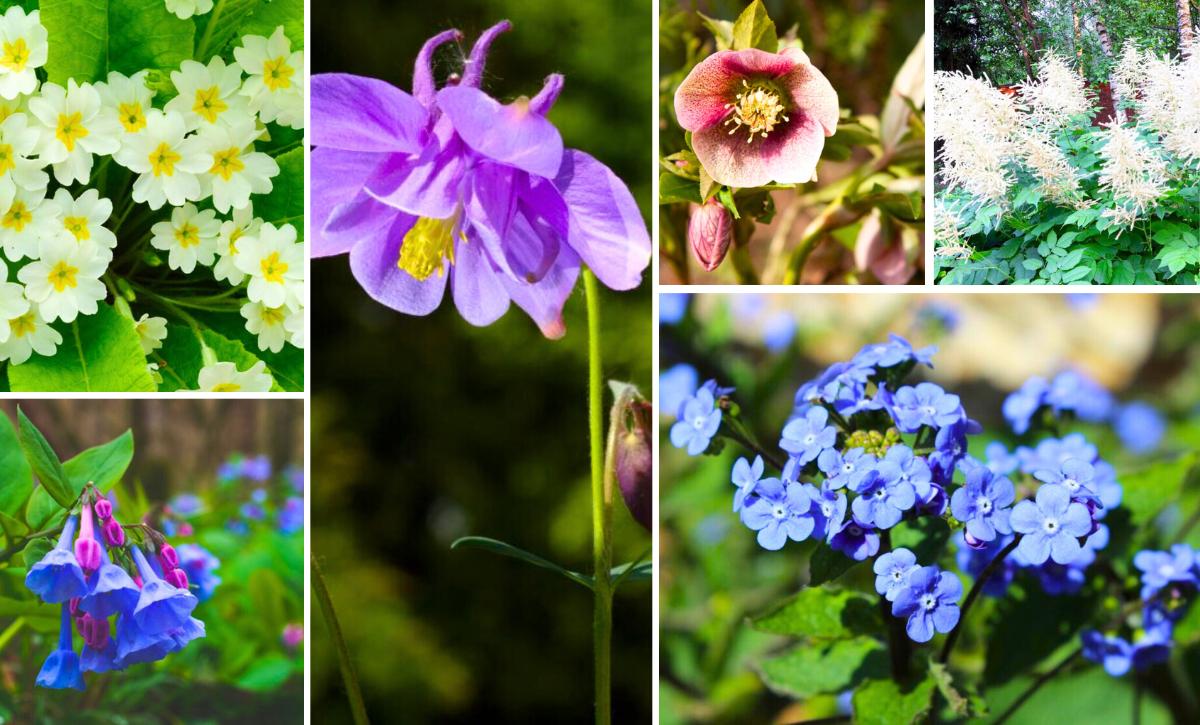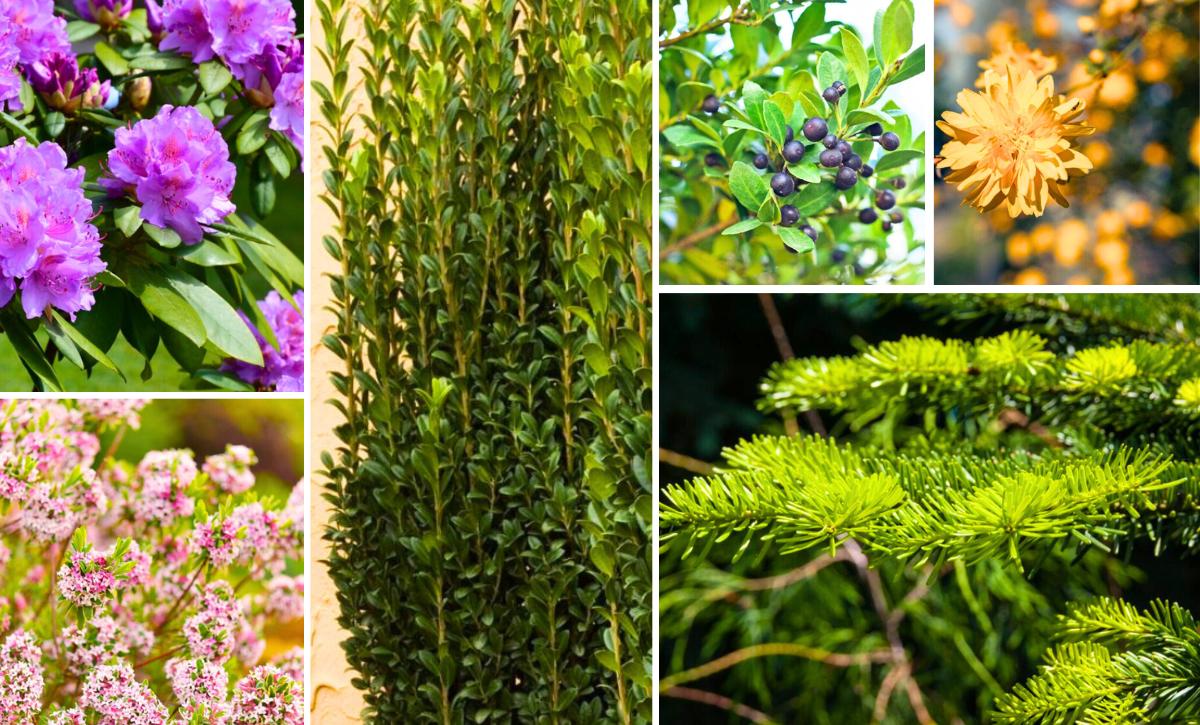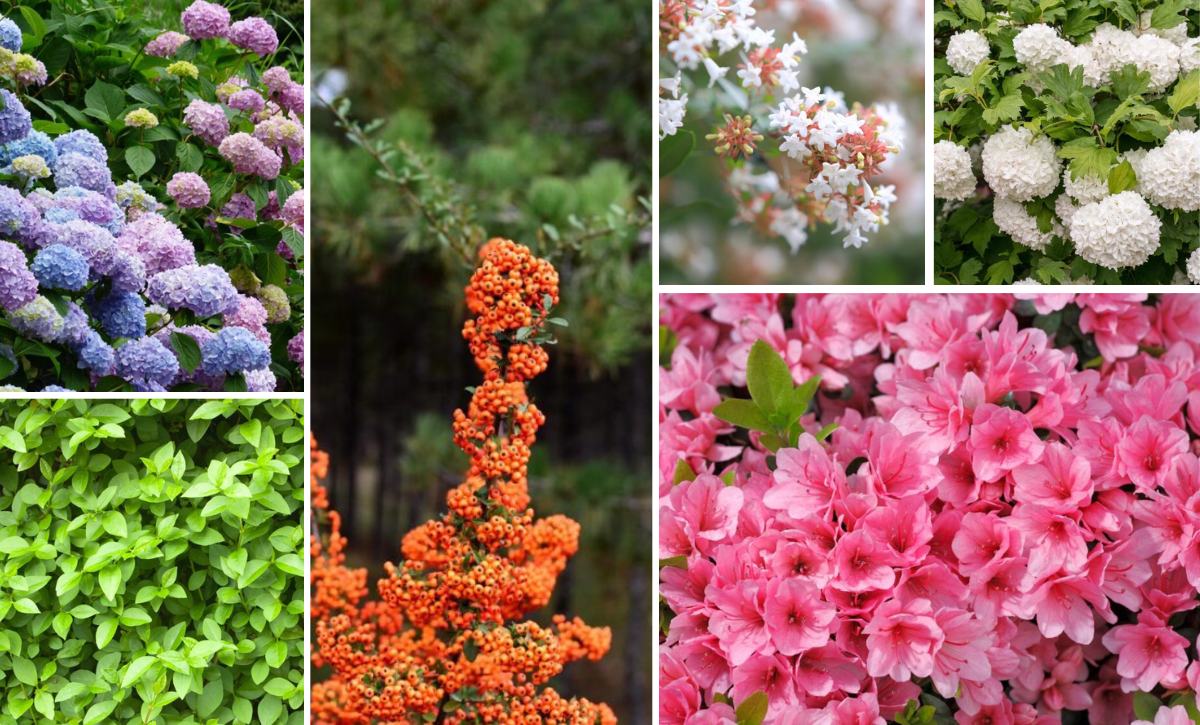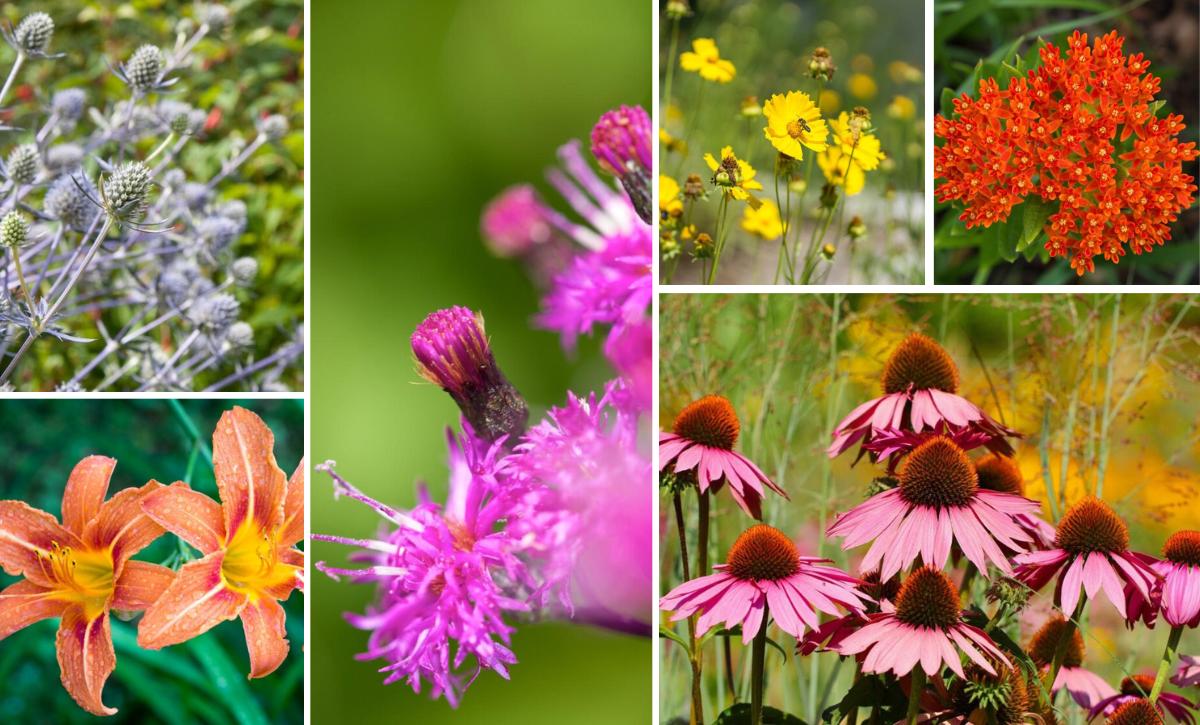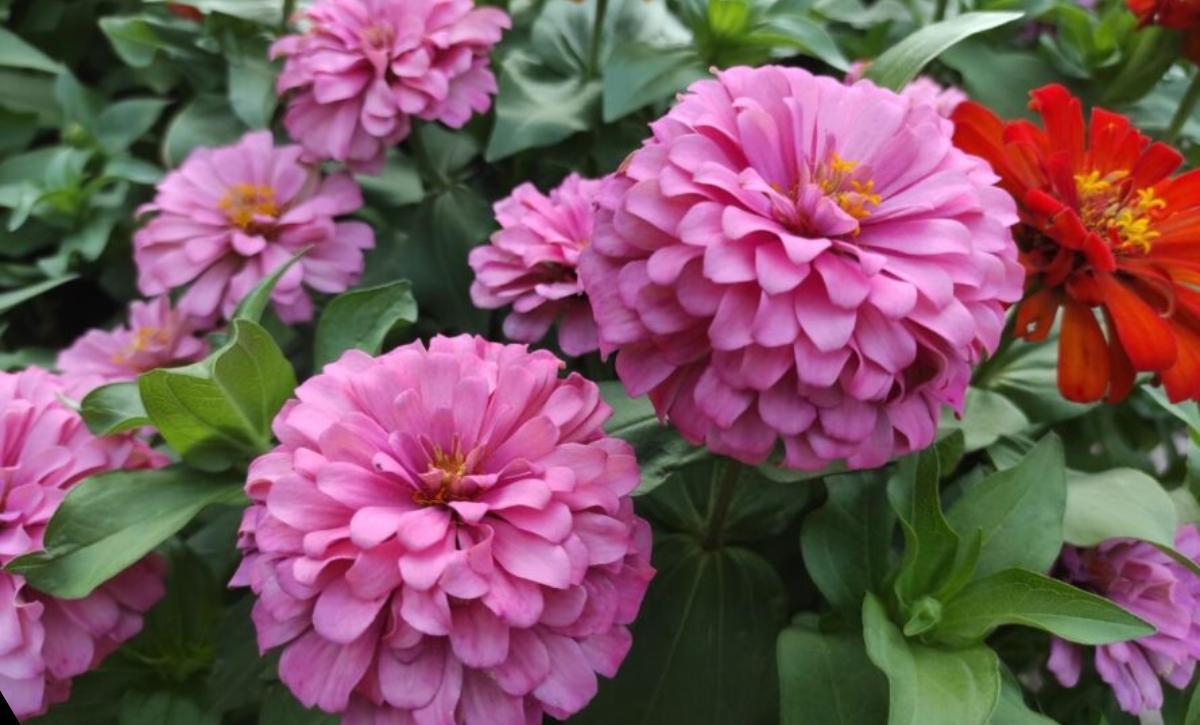Have you ever experienced the annoyance of stepping on stickers in the grass? As much as we love spending time in our garden and basking in the fresh air, there are unfortunate moments when we end up with stickers on our clothes and skin.
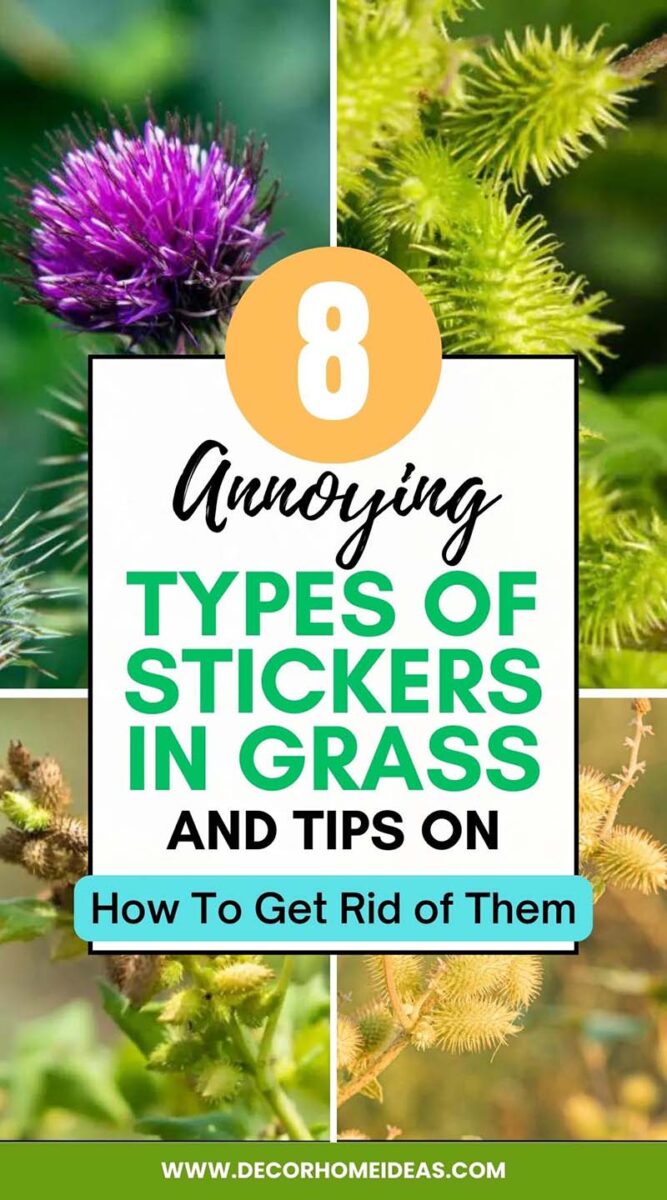
These pesky burrs sprouting up overnight like weeds, can quickly take over and ruin the perfect look of your yard. But don’t worry just yet! While they may feel insurmountable at first sight, there are ways and methods you can use to rid your grass of them.
In this blog post, we’ll explore the different types of stickers that can inhabit a lawn and provide tips on removing them.
What Are Sticker Weeds
Sticker weeds, also commonly known as burr weeds, are a type of weed that can prove to be quite a nuisance in a variety of different contexts. These weeds are characterized by their prickly exterior. They are often covered in tiny barbs or hooks that can easily get caught in clothing, fur, or hair.
Sticker weeds grow in areas with loose or sandy soil, such as riverbanks, fields, homes, and other structures. They are often spread through the wind or by getting stuck to the fur or clothing of animals and people, which can cause them to spread rapidly and efficiently.
Most sticker weeds are annual plants. They grow well in cool weather before fully developing when it becomes hot.
While some sticker weeds are relatively harmless and can be easily removed by hand or with a garden tool, other more invasive species can quickly take over an area and prove challenging to remove.
These weeds can be a significant problem for homeowners, gardeners, and municipalities alike, making it essential to prevent their spread and remove them as quickly and effectively as possible.
8 Different Types of Sticker Weeds
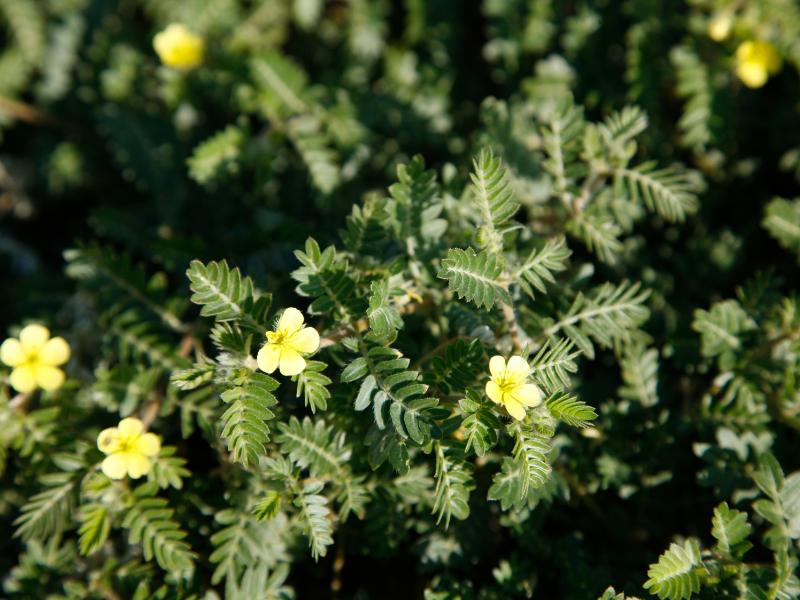
Identifying different types of sticker weeds can often be a challenging task. These pesky plants can grow in a variety of locations and can also take on different shapes and sizes.
However, with careful observation and a little knowledge, it is possible to differentiate between various species of sticker weeds.
One way to identify them is by looking at the shape and size of their leaves. You can also examine the placement of their stickers and the color of their flowers.
By distinguishing between different types of sticker weeds, you can develop a more effective strategy for keeping them under control.
1. Yellow Vine Stickers
Yellow vine sticker weeds are characterized by their distinctive light green leaves with reddish edges and long, vine-like stems that often extend over a wide area. They produce small round seed pods with four sharp points resembling thorns.
Yellow vine sticker weeds spread rapidly and aggressively and are often difficult to control or eradicate. They can quickly become a nuisance in crop fields, pastures, and other agricultural areas, as well as in residential and public spaces.
These weeds compete with other plants for nutrients, light, and water, often reducing crop yields and lower biodiversity in affected areas.
2. Lawn Burweed
Lawn burweed is a herbaceous annual plant commonly found in lawns, gardens, and pastures in the southern United States.
Upon first observation, it can be easy to mistake lawn burweed for dill or fennel due to its delicate, fern-like leaves. Its sizable range leads many homeowners to believe it is a native herb.
Lawn burweed is recognized by its light yellow to deep green colored foliage and its little, spherical flower heads that grow little burrs, resembling burr medic’s stickers in size and appearance.
Lawn burweed can spread rapidly in well-draining soils, particularly in sandy conditions. Due to its aggressive nature, this weed can displace turf grasses and cause damage to lawns, making it difficult to remove.
One of the challenges with lawn burweed is that it only grows to a height of 3 to 4 inches, which makes it difficult to detect until it is well established. This weed can blend in with the surrounding grass, making it hard to identify until it becomes a nuisance.
If left unchecked, lawn burweed can quickly take over a lawn and become a major headache for homeowners. It is, therefore, essential to prevent its growth and remove it as soon as it appears to maintain a beautiful and healthy lawn.
3. Field Sandbur Sticker
Field sandbur sticker, also known as field sandspur or simply sandspur, is a common weed in the United States. These pesky little plants have long, pointed seed casings attached to clothing, skin, and fur, causing painful irritation and discomfort.
The seeds of field sandburs are designed to attach themselves to anything that brushes past them, ensuring optimal dispersion for the plant. Their seeds can easily be spread by animals, birds, and even wind.
These plants thrive in areas with sandy soil and total sun exposure, commonly found in lawns, pastures, and vacant lots. Their sharp seed casings can be a huge nuisance for pet owners, who often struggle with removing them from their furry friend’s coat.
While it may be a nuisance, learning about the field sandbur sticker and how to control it will help ensure a healthy and weed-free lawn or garden.
4. Burclover
Burclover is an annual plant species native to the Mediterranean but has spread widely globally, especially in the United States. Burclover typically grows in non-intensive pastures, neglected fields, along roadsides, and in gardens as weeds.
Burclover can produce up to 400 seeds per pod, making it highly invasive and problematic. Unlike other clovers, burclover have a needle-like seed that quickly penetrates animal skin and human clothing, causing injuries.
Burclover have a green hue at their initial stage, closely resembling the color of the plant they grow on. However, these seeds evolve and transform with time, shedding their vivid shade for a brown and withered state.
These seeds are oval and elongated, much like miniature pinecones. Once the plants they grow on turn brown and wilt away, the seeds remain firmly rooted on tall spikes, reaching out toward the sky.
They yearn for a way to attach themselves to unsuspecting animals and humans, hitching a ride to a new destination.
5. Cockleburr
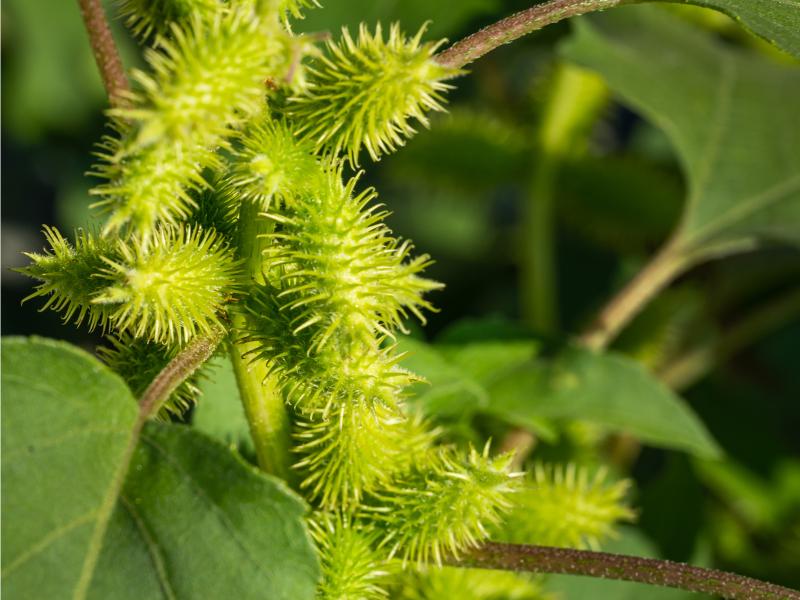
Cockleburr produces small, hard fruits covered in sharp spines that can become attached to the fur, clothing, or skin of animals and humans. They are known for being a common pest in agricultural fields, causing significant yield losses due to the damage they can cause to crops.
Additionally, cockleburrs can negatively impact livestock, causing health issues such as lesions and infections when ingested. The plant thrives in moist areas and can become a significant problem in wetlands, riparian areas, and pastures.
Cockleburrs can be easily identified by their adhesive stickers that can be observed in the grass. These plants have a branching pattern, and their taproots produce multiple hairy stems that can grow outwards.
Their leaves have a rough texture and resemble those of squash or watermelon plants but are generally smaller.
The small green flowers produced by cockleburrs are often unnoticeable. Still, once they are pollinated, they have spiny round burrs that can hitch a ride on animals, thereby facilitating their dispersal to other locations.
Cockleburr is an annual plant that can grow up to 5 feet tall and is difficult to control once established.
6. Goathead Weed
Goathead weed, also called cat’s head or caltrop, resembles purslane, another type of weed. Its leaves take on a frond-like appearance that emerges from a central point. Despite its invasive nature, goathead weed boasts delicate yellow flowers with star-like shapes, making them popular with pollinating insects.
Goathead weed is considered a noxious weed in some states and is a significant threat to crops, pastures, and natural habitats. Its peculiar resilience and strength enable it to prosper in extreme, parched habitats unsuitable for most other flora.
Notably, this plant is classified as invasive due to its aggressive growth tendencies, which makes it incredibly challenging to manage and eradicate. Additionally, goathead weed seeds can remain inactive in the soil for prolonged periods, exacerbating their invasiveness.
7. Thistles
Thistles are part of the sunflower family and can grow up to six feet tall, with spiny leaves and purple or pink flowers that bloom in the summer. There are over 200 species of thistles, each varying in size, shape, and color.
Thistles undergo a color transformation as they mature, with most species adopting a reddish complexion. Toward the end of their seasonal lifespan, their stems transition to a brownish tint. These tall plants boast flowers in yellow, pink, purple, and white shades that bloom atop their towering stalks.
After pollination, thistles develop seeds encased within spiky, round-shaped pods. Once the pods burst open, an array of seeds are dispersed, each with a delicate, fluffy “parachute” that aids in wind dispersal.
Some of the most common varieties include the yellow star thistle, the bull thistle, and the milk thistle. Thistles are known for their resilience in adverse conditions such as droughts and poor soil, and they are often found in pastures and along roadsides.
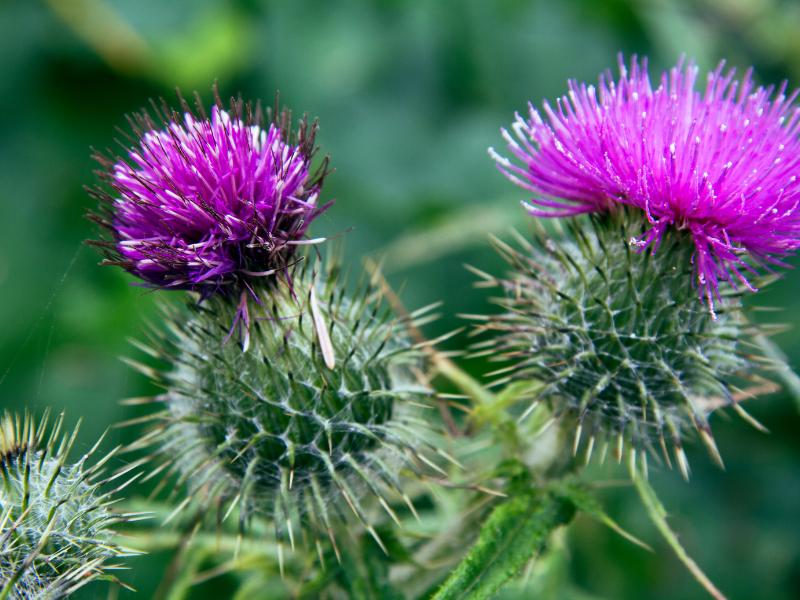
8. Burdock
Burdock is known for its large, spear-shaped leaves arranged in a rosette pattern, which appears similar to lettuce at first glance. However, its foliage is less delicate than its counterpart.
The leaf’s texture is rough and leather-like, while prickly spines adorn their top and bottom surfaces. Touching burdock foliage can irritate you, just like their distinctive burrs.
Burdock burrs are small, round objects that taper to a point at one end and are covered in long, uniform spines. These burrs are stiff and sharp when new, making them particularly unpleasant to come into contact with.
As they age, these burrs become softer and more pliable. Nonetheless, they are still likely to end up caught in your dog’s fur or decorating your horse’s lower legs.
Although burdock is a weed, it has several medicinal uses, such as treating skin disorders, improving digestion, and boosting the immune system.
Tips on Getting Rid of Stickers in Grass
The first step towards getting rid of stickers in your grass is identification. You need to know what kind of stickers are on your lawn to know the best way to get rid of them. You can identify them by their unique features and shapes.
Sandburs, for instance, have a spiky round shape with a hard center, while goatheads have a tiny hook that can stick to shoes and clothes.
Once you know the type of stickers in your grass, you can eliminate them.
1. Pulling by Hand
When removing pesky sticker weeds from the grass, pulling them out by hand can be a highly effective method. Although it may seem daunting, especially if you have a large lawn, it can be the safest and most environmentally-friendly option.
Preparing your garden to be weed-free requires timely care and attention. Ideally, the best time to undertake this task is during the spring season, before the weeds have had a chance to go to seed.
Thus, to prevent these pesky plants from taking over your beloved yard, carefully examine the area and uproot them as soon as they appear. When doing so, ensure that you extract as much of their root systems as possible, and use a weed fork or a trowel to gently ease the entire plant from the soil.
Pulling the weeds out from the root eliminates the risk of harmful chemicals damaging your lawn or potentially harming your pets or children. Moreover, regular manual removal can prevent these weeds from spreading and multiplying, keeping your yard neat and healthy.
However, it’s important to remember that you’ll need to wear gloves to protect your hands and dispose of the weeds safely to avoid spreading their seeds.
2. Gardening Tools
A pair of gardening gloves, a cultivator or rake, and even a small hand saw can all be used to eliminate these nettlesome plants. Taking care of sticker weeds is essential, as they can cause painful injuries if not handled properly.
Using gardening tools to extract the weeds carefully, you can eliminate stickers in your grass and keep your lawn looking beautiful and pristine.
3. Mowing
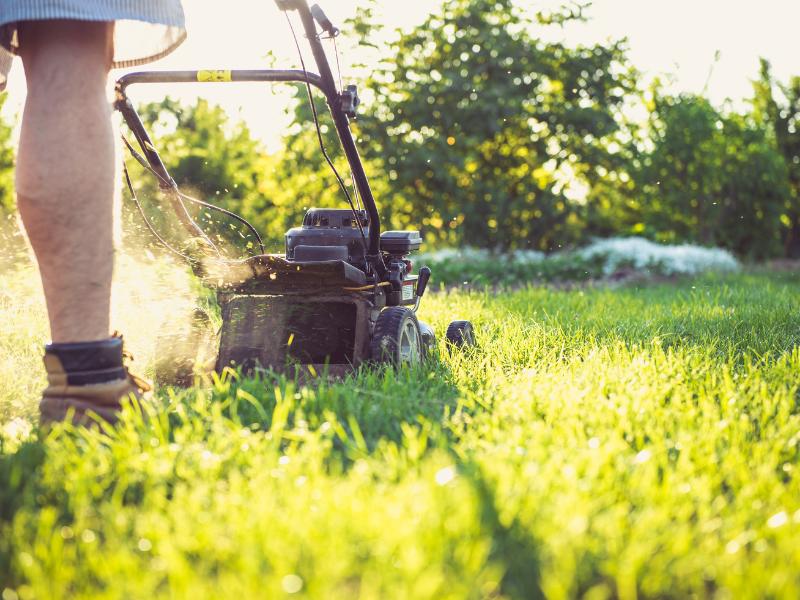
Mowing the grass regularly can be an effective method of controlling stickers. When you consistently cut your grass, you remove the stickers before they can mature and produce new ones.
Plus, using a lawn mower with sharp blades can help break down the stickers as they’re being cut, minimizing their ability to grow back. Not only will this keep your lawn tidy, but it will also help prevent painful encounters with your feet or your pet’s paws.
4. Chemical Control
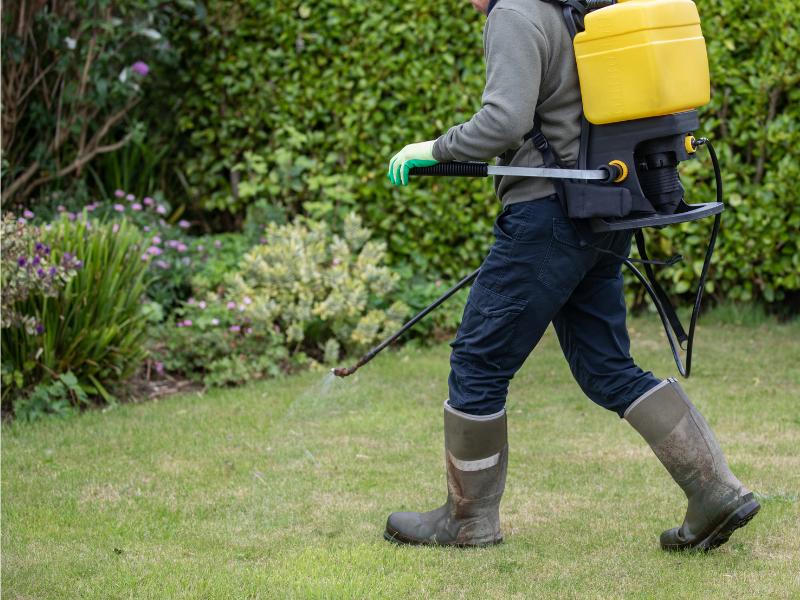
You can use chemical control methods if physical removal and mowing do not yield results. Some techniques you should employ include using pre- or post-emergent herbicides to kill the stickers.
Pre-emergent Herbicides
These herbicides inhibit seeds’ growth before they can sprout and take hold of your lawn. By applying this treatment to your grass in the early spring, before the weeds have a chance to start growing, you can prevent them from becoming a nuisance later in the season.
While pre-emergent herbicides can be a powerful tool in the fight against weeds, it is vital to use them correctly and safely. Follow all instructions and precautions when applying these products to your lawn.
Post-emergent Herbicides
These herbicides are specifically designed to target growing and emerging weeds from the soil. Applied directly to the plant’s leaves, post-emergent herbicides work by disrupting the plant’s metabolic processes, ultimately causing it to wither and die.
The key to success with these herbicides is to apply them when the offending plants are actively growing. This is when they are most vulnerable to the herbicide’s effects.
It’s also important to choose a product specifically designed for use on the type of grass you have, as some herbicides can harm certain species.
5. Organic Remedies
Avoiding pesticides and herbicides is a common practice for those who prefer using organic methods for gardening. Such gardeners choose to go the natural route, even when it comes to fertilization, as they opt for homemade organic compost to nourish their plants.
Fortunately, there are organic methods you can use to eradicate sticker weeds, too, including;
Use Salt
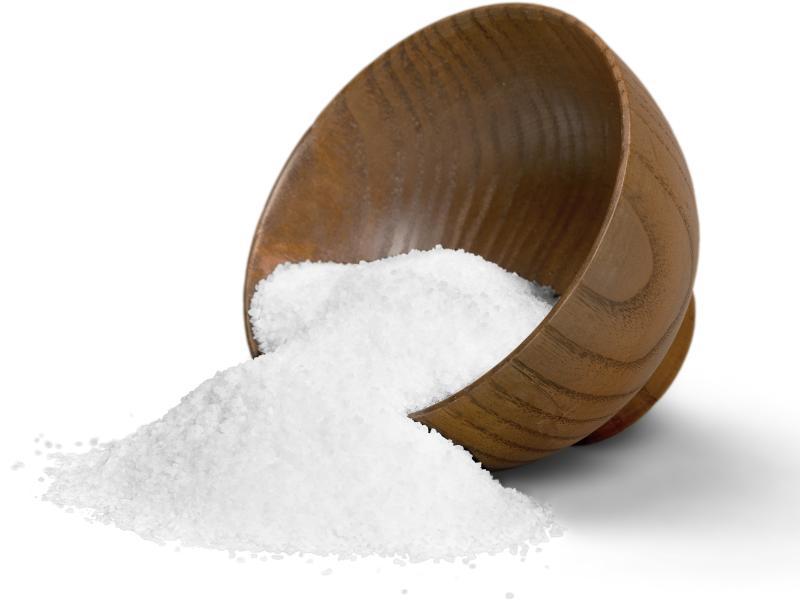
The sodium in salt works by dehydrating the plant and causing it to die. To use salt to remove stickers, mix a cup of salt into a gallon of warm water. Use a spray bottle to apply the solution directly onto the affected area of your lawn.
Allow the salt water to sit for 10-15 minutes before rinsing it away with a hose. Be careful not to apply too much salt, as it can damage the surrounding grass and vegetation nearby.
Additionally, it’s worth noting that salt also has a reputation for killing off beneficial organisms in the soil, so use it sparingly and only when necessary.
Apply Vinegar
White vinegar contains acetic acid that breaks down the adhesive material of the stickers, making them easier to remove. This natural solution is eco-friendly, non-toxic, and readily available.
Mix one-part vinegar with three-part water in a spray bottle and spray it directly on the sticker-infested area. Wait for a few minutes, then pull out the stickers or burrs using a pair of gloves or tweezers.
Repeat the process if necessary. You should avoid spraying the solution on plants you do not want to damage.
Expert Tip:”Vinegar salt and a splash of dawn dish soap in a squirt bottle . On a sunny day. They will wilt in no time . Just spray your bricks or pavers weekly when they are gone . It works great and pet friendly”
Pour Boiling Water

Boiling water is a natural and non-toxic solution, making it safe for people, pets, and the environment. Pouring boiling water over the affected area helps to loosen the soil and weaken the stickers.
This allows for easy removal of the stickers by manual extraction. Since stickers usually grow in clusters, applying boiling water requires patience and persistence to eradicate each sticker.
Additionally, safety precautions when handling boiling water are vital to avoid accidents. This method may require a few rounds of treatment. Still, it is a natural and safe way to remove stickers from your lawn without harming the environment.
Flame Weeding
Flame weeding entails using a device that produces intense heat to eliminate weeds by interrupting cell structure. Recently, this technique has become increasingly common for controlling weeds, particularly in turf management.
Flame weeding works by heating and drying out the weed, killing it and the soil’s top layer. This method effectively removes stickers and is also environmentally friendly as it eliminates the need for harmful chemicals. Additionally, flame weeding is efficient and can cover large areas in a short amount of time.
It is important to note that proper safety precautions must be taken, and trained professionals should only perform the technique.
Final Remarks
Stickers in the grass can be a frustrating and painful problem. Not only are they unsightly, but they can also cause harm to pets and children who come into contact with them.
Following our outlined steps, you can eliminate them and enjoy a smooth and comfortable garden. Mentally prepare yourself for the process to take some time, and try some of these steps together to ensure success.
With physical removal, mowing, chemical control, and organic remedies, you can say goodbye to stickers in your grass and hello to a beautiful garden!

